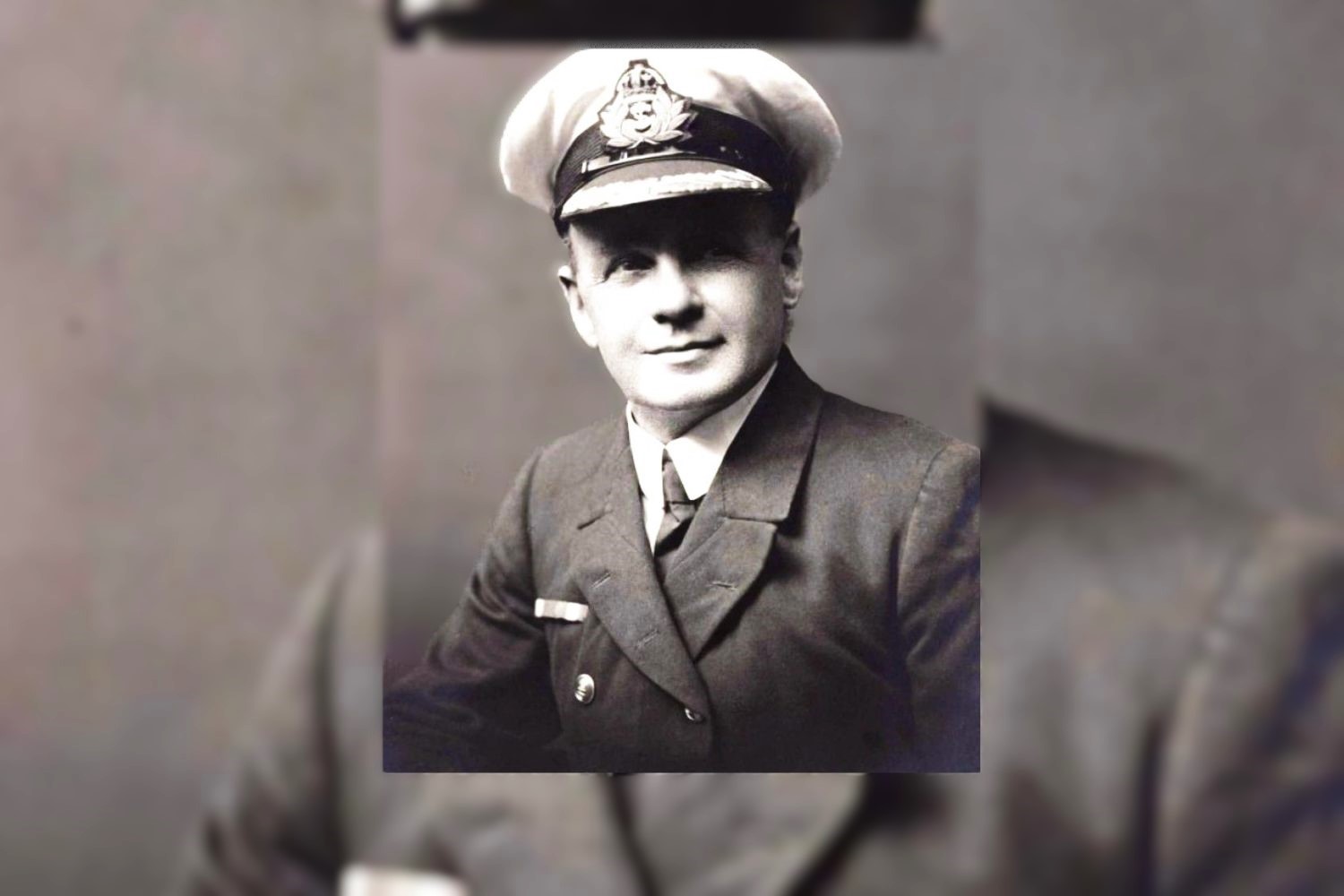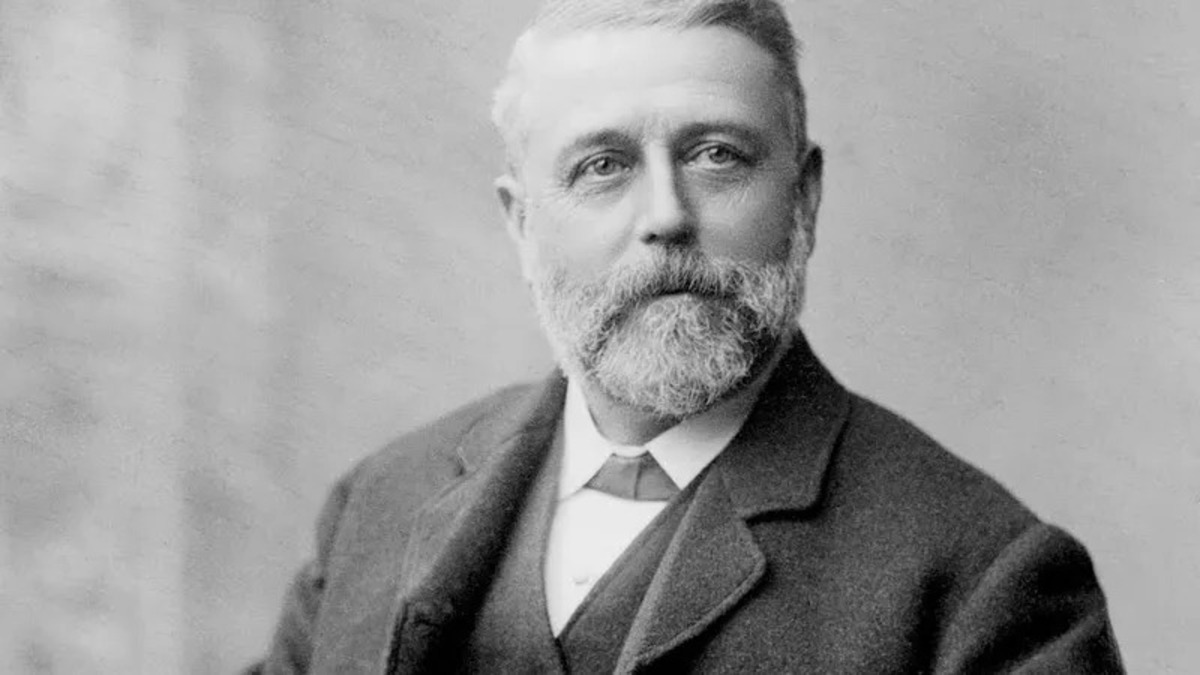
Who was Charles Lightoller? Charles Lightoller, the second officer on the RMS Titanic, played a crucial role during the ship's tragic sinking. Born in 1874, Lightoller had a life filled with adventure and heroism. He survived the Titanic disaster by clinging to an overturned lifeboat and later became a decorated war hero in World War I. Did you know he also participated in the Dunkirk evacuation during World War II? His life was a blend of maritime expertise, bravery, and resilience. From his early days as a sailor to his final years, Lightoller's story is one of courage and determination. Curious about more? Here are 35 fascinating facts about this remarkable man.
Key Takeaways:
- Charles Lightoller, a heroic figure in maritime history, survived two shipwrecks and played a crucial role in the Titanic disaster. His bravery and commitment to duty continue to inspire people worldwide.
- From surviving shipwrecks to commanding a yacht at Dunkirk, Charles Lightoller's life was filled with adventure and courage. His legacy as a symbol of resilience and bravery lives on, inspiring future generations.
Early Life and Career
Charles Lightoller, a name synonymous with maritime history, had a life filled with adventure and bravery. Let's dive into some fascinating facts about his early years and career.
- Born on March 30, 1874, in Chorley, Lancashire, England, Charles Herbert Lightoller was the youngest of five children.
- At age 13, he began his seafaring career as an apprentice on the barque Primrose Hill.
- Lightoller survived a shipwreck in 1889 when the Holt Hill ran aground on an uninhabited island in the Indian Ocean.
- He experienced another shipwreck in 1898 when the cargo ship Knight of St. Michael caught fire and sank.
- In 1900, he joined the White Star Line, a prominent British shipping company.
Titanic and the Fateful Night
Charles Lightoller is best known for his role as the second officer on the RMS Titanic. His actions during the ship's tragic sinking have been widely documented.
- Lightoller was the highest-ranking officer to survive the Titanic disaster.
- On the night of April 14, 1912, he was off-duty and resting in his cabin when the Titanic struck an iceberg.
- He was responsible for loading lifeboats on the port side of the ship.
- Lightoller strictly enforced the "women and children first" policy, even refusing to let men board lifeboats.
- He helped launch lifeboat 12, which eventually carried 42 people to safety.
- After the lifeboats were launched, he clung to an overturned collapsible lifeboat, along with 30 other men, until they were rescued by the RMS Carpathia.
Post-Titanic Life
After surviving the Titanic, Lightoller's life continued to be eventful. He remained a significant figure in maritime history.
- He testified at both the American and British inquiries into the Titanic disaster.
- Lightoller returned to sea, serving as a naval officer during World War I.
- He commanded the torpedo boat HMTB 117 and was awarded the Distinguished Service Cross for his bravery.
- In 1929, he retired from the White Star Line and purchased a guest house in Hertfordshire.
- Lightoller wrote an autobiography titled "Titanic and Other Ships," published in 1935.
World War II and Dunkirk
Even in his later years, Lightoller continued to demonstrate remarkable courage and leadership.
- During World War II, at age 66, he volunteered to assist in the Dunkirk evacuation.
- He used his yacht, the Sundowner, to rescue over 120 British soldiers from the beaches of Dunkirk.
- Lightoller navigated the Sundowner through dangerous waters, avoiding enemy fire and mines.
- His actions during the Dunkirk evacuation earned him widespread admiration and respect.
Personal Life and Legacy
Charles Lightoller's personal life was as rich and varied as his professional one. His legacy continues to inspire.
- He married Sylvia Hawley Wilson in 1903, and they had five children together.
- Lightoller was known for his strict discipline and strong sense of duty.
- He was an avid yachtsman, spending much of his retirement sailing.
- Lightoller passed away on December 8, 1952, at the age of 78.
- His story has been depicted in various films and documentaries about the Titanic.
- Lightoller's actions during the Titanic disaster have been both praised and criticized, but his commitment to duty remains unquestioned.
- His grandson, Richard Lightoller, also pursued a career in the maritime industry.
- Lightoller's heroism at Dunkirk was featured in the 2017 film "Dunkirk," directed by Christopher Nolan.
- He is remembered as a symbol of courage and resilience in the face of adversity.
Interesting Tidbits
Beyond his well-known exploits, there are some lesser-known but equally intriguing facts about Charles Lightoller.
- Lightoller once survived a cyclone while sailing in the South Pacific.
- He was a skilled carpenter and often worked on his own boats.
- Lightoller had a keen interest in photography and documented many of his voyages.
- He was a member of the Royal Naval Reserve, which prepared him for his wartime service.
- Lightoller was known for his quick thinking and resourcefulness, qualities that served him well throughout his life.
- His life story continues to be a source of fascination for historians and maritime enthusiasts alike.
The Legacy of Charles Lightoller
Charles Lightoller’s life was nothing short of extraordinary. From surviving the Titanic disaster to playing a crucial role in World War II, his story is filled with bravery and resilience. He wasn’t just a second officer on the Titanic; he was a hero who saved many lives during the sinking. Later, his efforts in the Dunkirk evacuation showcased his unwavering courage and dedication.
Lightoller’s experiences offer a glimpse into the past, reminding us of the human spirit’s strength in the face of adversity. His actions during these pivotal moments in history have left a lasting impact, making him a figure worth remembering.
By learning about Lightoller, we gain insight into the challenges and triumphs of those who came before us. His legacy continues to inspire, proving that even in the darkest times, there’s always hope and heroism.
Frequently Asked Questions
Was this page helpful?
Our commitment to delivering trustworthy and engaging content is at the heart of what we do. Each fact on our site is contributed by real users like you, bringing a wealth of diverse insights and information. To ensure the highest standards of accuracy and reliability, our dedicated editors meticulously review each submission. This process guarantees that the facts we share are not only fascinating but also credible. Trust in our commitment to quality and authenticity as you explore and learn with us.


